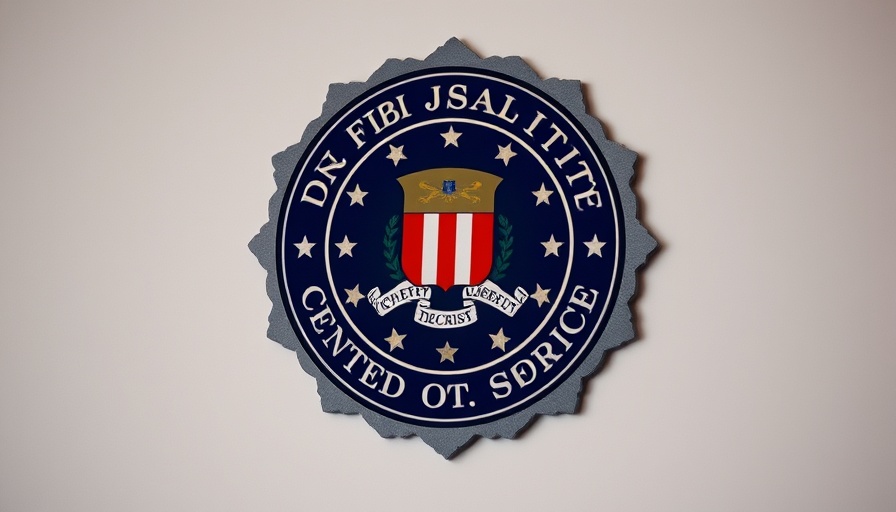
Incident Overview: A Sharpened Butter Knife and Police Response
In a dramatic incident in Washtenaw County, Michigan, a deputy from the sheriff's office had to make a split-second decision during a confrontation with a man armed with a sharpened butter knife. Recent footage captures the tension-filled moments leading up to the officer-involved shooting (OIS), during which the deputy reportedly commanded the man to drop his weapon a staggering twelve times before using his firearm. The situation escalated quickly, showcasing the unpredictable nature of law enforcement encounters.
The Context: A Woman’s Struggle for Safety
The incident began when a 53-year-old woman was attacked inside her vehicle by a 22-year-old man. According to police reports, the man pulled out a sharpened butter knife from under his seat, leading to a physical struggle as the woman fought to regain control of her safety. A bystander intervened to help, ultimately alerting authorities—a crucial response that likely prevented further harm. Despite the unconventional weapon, law enforcement's response to this scenario highlights the serious nature of such domestic conflicts and the need for timely police intervention.
Officer’s Response: A Necessary Use of Force?
As the footage showed, when law enforcement arrived, the deputy approached the scene with emergency lights flashing, weapons drawn. Despite clearly telling the man to drop the knife multiple times, the suspect allegedly began charging toward the deputy, culminating in the officer firing three shots. The timing of the response raises questions about protocol and judgment, underscoring the complexities of life-threatening encounters police officers routinely face. The decision to resort to lethal force is rarely straightforward, and in this case, the unforeseen dynamics of mental health issues add layers to the discussion.
Wider Implications: Mental Health in Policing
This incident opens up a crucial dialogue regarding mental health awareness within law enforcement. The assailant, who was medically treated and later hospitalized for mental health issues, underscores a systemic problem. More and more incidents involve individuals experiencing mental health crises, raising the stakes for officers who must balance officer and civilian safety with compassion. Resources and training focused on de-escalation and mental health resources are essential to equip officers to handle similar situations with greater efficacy and empathy.
Legal and Community Reactions: Ongoing Investigations
The investigation into the shooting remains ongoing, with findings slated to be reviewed by the Washtenaw County Prosecutor’s Office. Key testimonies from witnesses, including the woman attacked, affirm that the officer acted in response to the imminent threat unleashed by the man armed with a knife. However, community reactions underscore a recurring theme—how often should force be deemed necessary, and what does that mean for policing as a practice? The balance of maintaining law and order while serving community needs and ensuring accountability is increasingly under scrutiny in the current climate of heightened police reform discussions.
Final Thoughts: Moving Forward in Public Safety
This incident serves as a watershed moment not just for the individuals involved but for law enforcement agencies nationwide. How police departments respond will be crucial, with the potential for reevaluations of training methodologies surrounding police-community relations. Furthermore, bringing attention to mental health resources within law enforcement ranks will be pivotal in reducing escalating situations into avoidance of lethal force whenever feasible.
As discussions around police accountability, community policing, and reform continue, it is crucial to develop a multi-faceted approach that prioritizes mental health, considers community input, and emphasizes correct training methods for officers. Only through comprehensive dialogue and transparent practices can both public safety and community trust be restored.
 Add Row
Add Row  Add
Add 

 Add Element
Add Element 




Write A Comment